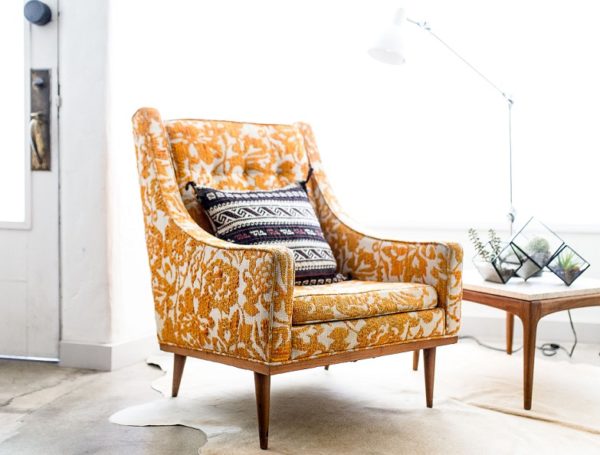Last year, Dior filed an application to register the design of its iconic Saddle Bag – created by John Galliano in 1999 – with the US Trade Mark and Patent Office (USPTO).
However, the application was refused because the bag shape consists of “a nondistinctive product design or nondistinctive features of a product design.”
According to the office action issued by the USPTO, “consumers are aware that [product] designs are intended to render the goods more useful or appealing rather than identify their source.”
As such, the Saddle Bag design cannot be registered as a trade mark without Dior showing that the design has acquired distinctiveness, i.e. that due to Dior’s extensive use and promotion of the Saddle Bag, “consumers now directly associate [the design] with Dior.”
Briffa comments:
Whether Dior will be able to convince the examiner to allow registration of the Saddle Bag mark remains to be seen – they now have six months to provide evidence of acquired distinctiveness of the design to the USPTO.
The position on trade marks in the form of shape of goods is similar in the UK.
Under the Trade Marks Act 1994 (TMA 1994), the trade marks can be in the form of “any signs, in particular words, including personal names, or designs, letters, numerals, colours, the shape of goods or of the packaging of goods, or sounds…”.
However, obtaining trade mark registration for the shape of goods is notoriously difficult, and there are broadly two type of objections that shapes can face in the application process:
- Non-distinctiveness objection
Trade mark’s primary function is to serve as a badge of origin of the goods and/or services provided under the mark. With shapes, even though consumers may associate the shape with a certain product, it is not always the case that they consider that shape as a badge of origin of the product in question.
It is a settled case law that in relation to not inherently distinctive shapes the applicant must prove that consumers would perceive the shape of the product as an indication of origin independently of any other trade marks which could also appear on the product or its packaging (Nestlé v Cadbury).
Under s. 3(2) TMA 1994, a shape mark is not eligible for registration of it consist exclusively of a shape which:
- results from the nature of the goods themselves,
- is necessary to obtain a technical result, or
- gives substantial value to the goods.
If this objection is raised, it will result in refusal of the application which cannot be overcome by showing acquired distinctiveness of the mark.
The rationale behind these objections is to make sure that the intellectual property owner does not obtain a potentially perpetual trade mark monopoly over the shape of goods where design protection – which inevitably expires after a certain number of years – may be more appropriate.
If you are uncertain which form of protection is applicable to your product or whether is worth seeking an alternative or additional protection of the shape as a registered design, please drop us an email or give us a call and we will be happy to arrange a free consultation with one of our specialist IP lawyers.

